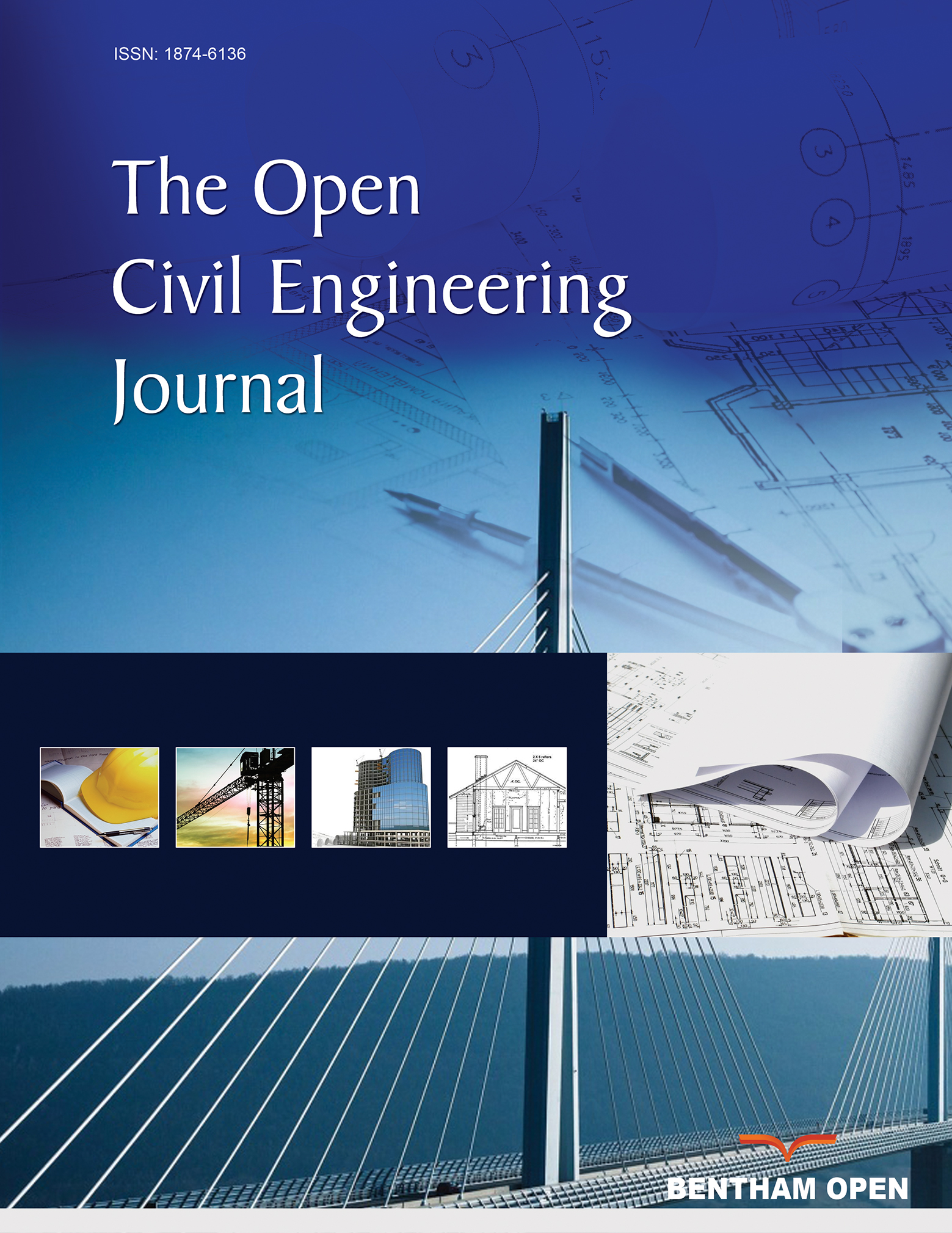Experimental Investigation of the Forklift Truck Impact on CFS Pallet Racks
Abstract
Background:
Storage pallet racks are commonly formed by Cold-Formed-Steel (CFS) members and are used worldwide to store goods on pallets. The main racking system is denoted as “selective pallet racking”. This racking system is one pallet deep and is separated by aisles, allowing for each pallet, stored on horizontal beams, to be always accessible. Steel racking systems are frequently subjected to accidental impact forces from operating forklift trucks. If international racking design codes provide an arbitrary value of impact force to design members, several impacts can produce damages, which can lead to system failure, highlighting the fundamental role played by monitoring.
Methods:
Results of an experimental campaign on a full-size selective rack are presented. The investigated rack is subjected to the impact of a forklift truck and hammer test at different points. The propagation of the acceleration among adjacent bracing frames is investigated with the magnitude of the recorded strains in structural members.
Results:
Results highlight that an accelerometer every two spans can establish whether the monitored racking system is accidentally hit. Compressed diagonal and tensile diagonal work in parallel. Only one diagonal brace, every two spans, can be monitored through a strain gauge to establish the forklift truck impact point and estimate the stress distribution on adjacent members.
Conclusion:
The study suggests an optimization in the number, type and position of accelerometers and strain gauges in monitoring racking systems to identify forklift truck impact and its effects.


